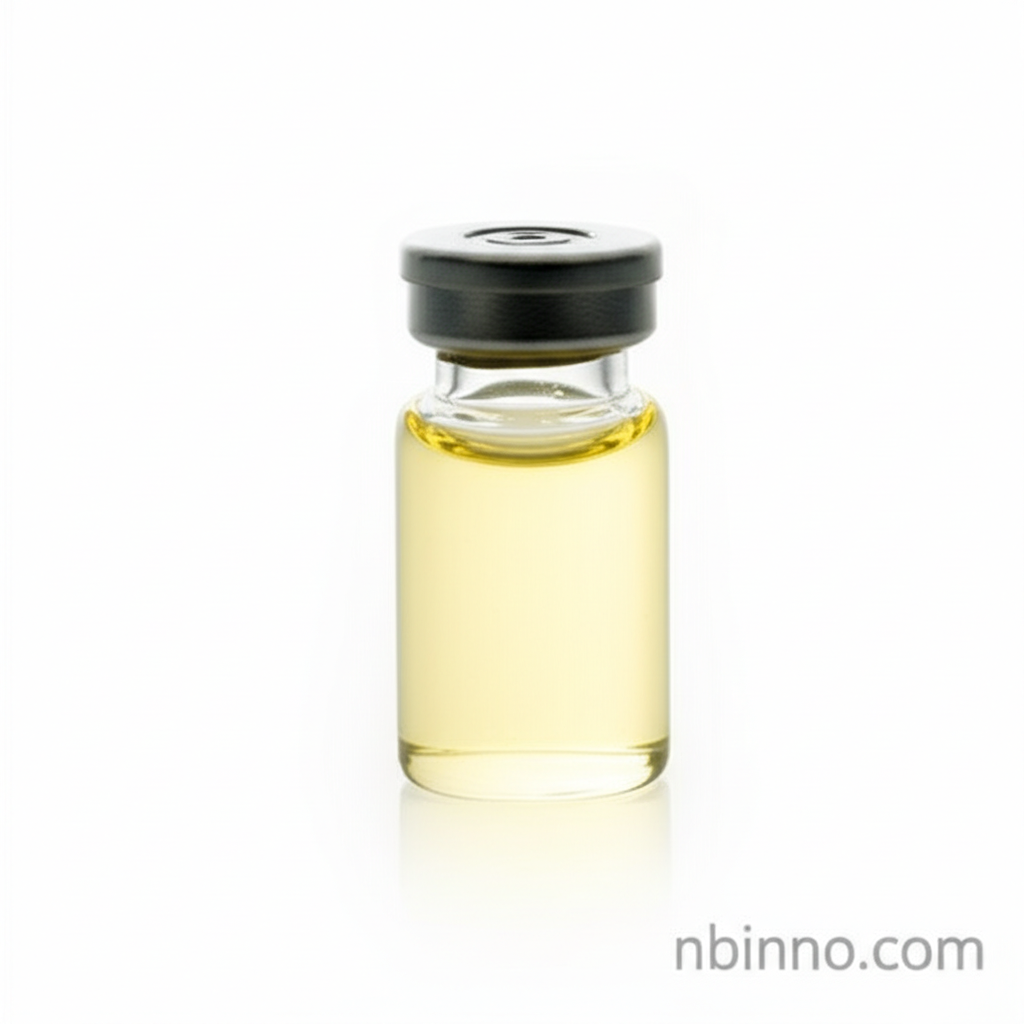Unlocking Pharmaceutical Synthesis: A Deep Dive into 4-Bromo-3,5-dimethylisoxazole (CAS 10558-25-5)
Discover the vital role of 4-Bromo-3,5-dimethylisoxazole in advancing pharmaceutical research and chemical innovation.
Get a Quote & SampleProduct Core Value

4-Bromo-3,5-dimethylisoxazole
This compound is a pivotal pharmaceutical intermediate, instrumental in the creation of advanced chemical entities with significant therapeutic potential. Its unique structure and reactive bromine atom make it a sought-after building block in complex organic synthesis, driving innovation in drug discovery and development.
- Explore the synthesis of GPR40 agonists with this crucial pharmaceutical intermediate.
- Understand the chemical properties of CAS 10558-25-5 for your drug discovery projects.
- Leverage this versatile building block for agrochemical development and material science applications.
- Enhance your research with a reliable source for pharmaceutical intermediates.
Key Advantages
Versatile Intermediate
As a key pharmaceutical intermediate, it's essential for developing novel drugs, particularly those targeting GPR40 agonist activity, contributing to advancements in therapeutic solutions.
Advanced Synthesis
The compound's structure, including the bromine substituent, allows for extensive functionalization, enabling intricate organic synthesis for specialized applications.
Broad Applicability
Beyond pharmaceuticals, its utility extends to agrochemical production and the development of advanced materials, showcasing its wide-ranging chemical value.
Key Applications
Pharmaceutical Research
Essential for synthesizing compounds with GPR40 agonist activity and in vivo hypoglycemic effects, aiding in the development of new diabetes treatments.
Agrochemical Development
Serves as a valuable building block in the creation of new pesticides and crop protection agents, enhancing agricultural productivity and efficiency.
Material Science Innovation
Explored for its potential in creating advanced materials like polymers and coatings with enhanced thermal and chemical resistance properties.
Organic Synthesis
Its reactive nature makes it a crucial component for complex organic synthesis, facilitating the design of molecules for diverse scientific fields.
